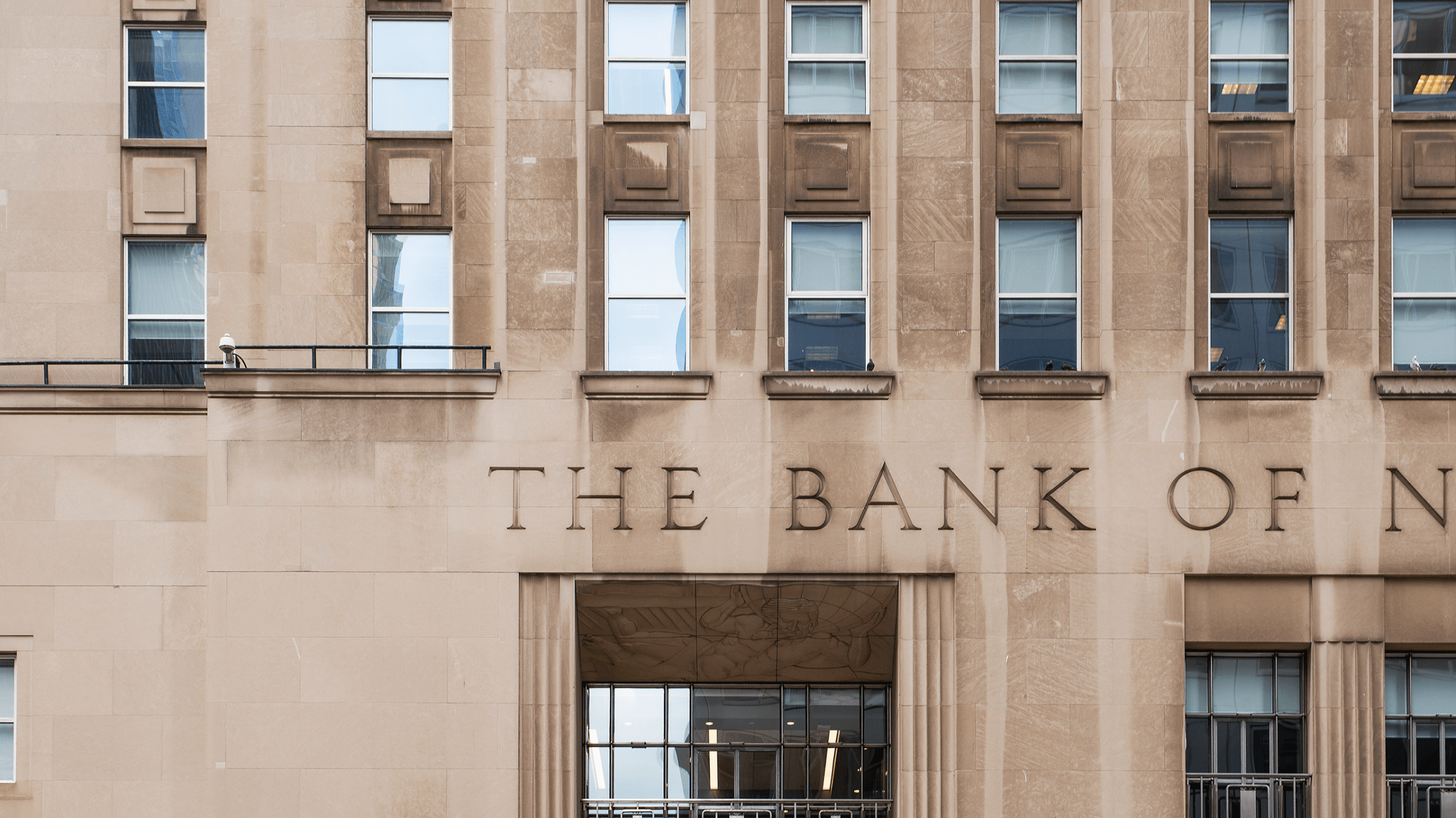Scotiabank
Creating order with Chapeau!
Scotiabank Treasury easily integrated Chapeau!’s AI into their standard flows. Thanks to ML, the needed (unstructured) data is now automatically ordered, immediately accessible and easy to use. Staff don’t have to ‘be machines,’ as it were. Instead, they’re working on creative ideas and injecting more of the human into the business. The Chapeau! AI has had a positive impact on Treasury performance and culture. The moral of the story? Like most things in life, AI doesn’t have to be high drama to make a big difference.

Why
Because we want to do our real jobs
A lot of us in Treasury were spending most of our work day collecting and assembling data from other departments. The data were from different sources and in different formats. There were spreadsheets with various structures. There were email threads with required information buried in body copy by multiple writers across time. We needed the data to do our jobs, but finding the data was nobody’s job — nor should it be. In other words, this endless frustration was keeping us from our real work. We wanted to be furthering the business conversation, not stuck doing a thankless task.
How
With an AI that removes tedium
The designers at Chapeau! approached the problem in three steps that they made look easy. (I’m not sure they were easy.) First, they created a dataset out of the emails and spreadsheets, and annotated and tagged them. Now we knew the myriad content types in the source files. Second, they wrote and ran two extraction algorithms: one for emails and one for the spreadsheets. For the emails Chapeau! used NLP techniques (word vectors, sliding-window) to analyze the text and isolate transactional data, and they achieved an impressive 86% accuracy rate in processing the content. For the spreadsheets they created a custom pre-processing design that could predict the features in groupings, columns and rows. This step achieved a perfect result in cross-validation. Wow! Then, third, Chapeau! divided the dataset 80/20 and run an algorithm that predicted 20% of the data from the 80% that the machine learned. In the end, the AI was integrated into our standard process at Scotiabank Treasury, where it lives today. No more digging through opaque sources.
So what?
So, now we get right to ‘being the difference’
The machine is better suited to do this data gathering and sense-making than we are. Because of the Chapeau! AI, a couple of things have happened. We now see the whole dataset (with zero margin of error) in a new light that reveals new details and relationships, and gives us total confidence in the completeness and integrity of the information. And, importantly, we spend our day focused on the higher order human activities associated with client service and creative solutions — which is rewarding, for everyone. And fun.
Results
2
AlgorithmsOne
for emails,
one for spreadsheets
one for spreadsheets
20%
Data gleaned by supervised learning
86%
Initial NLP accuracy rate
